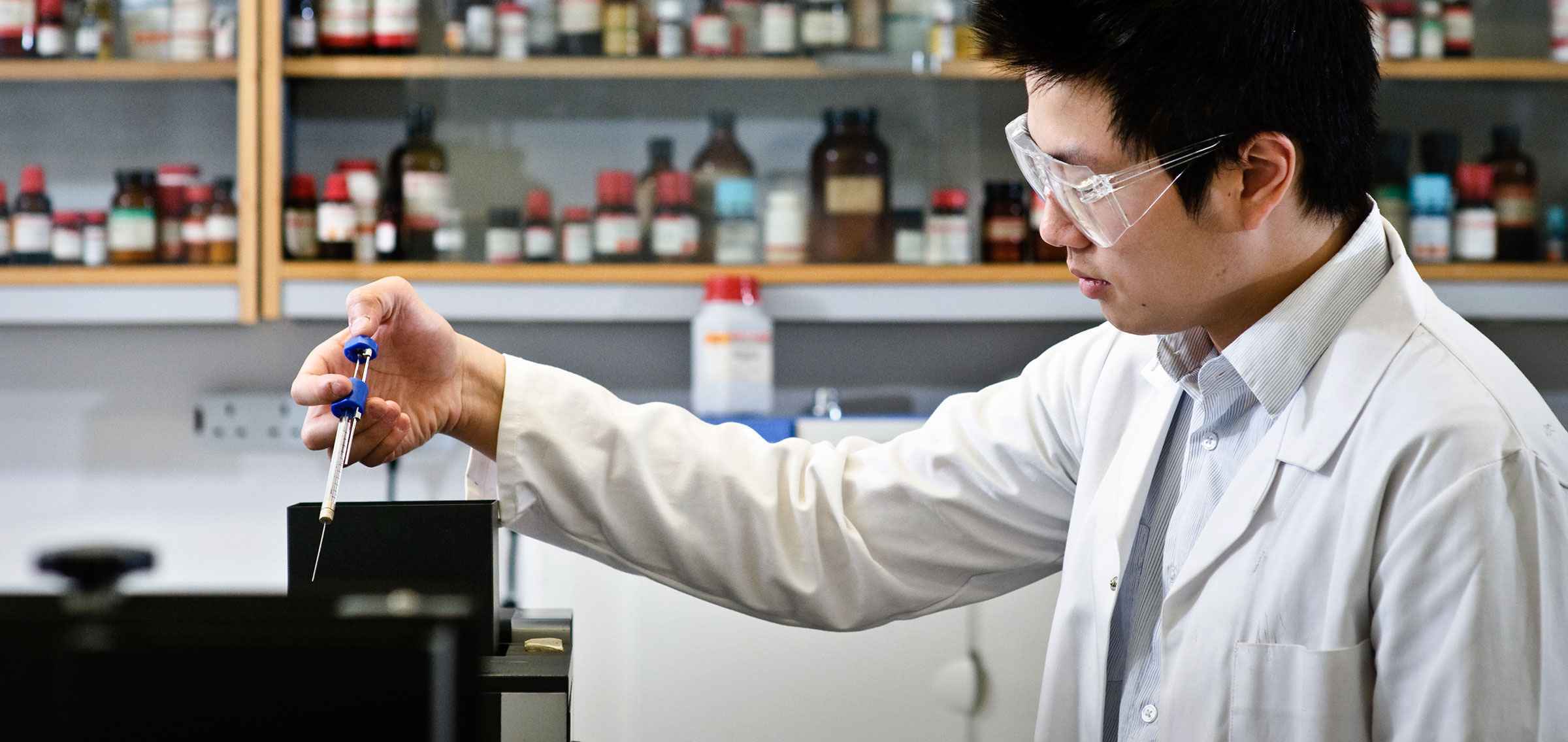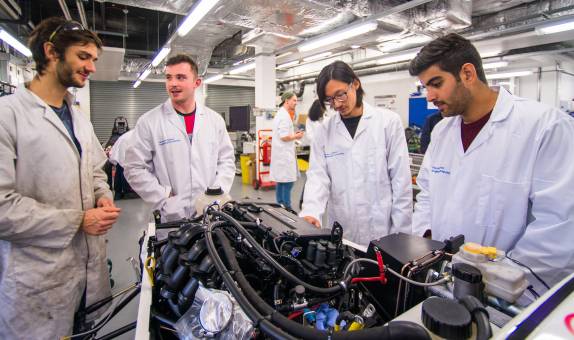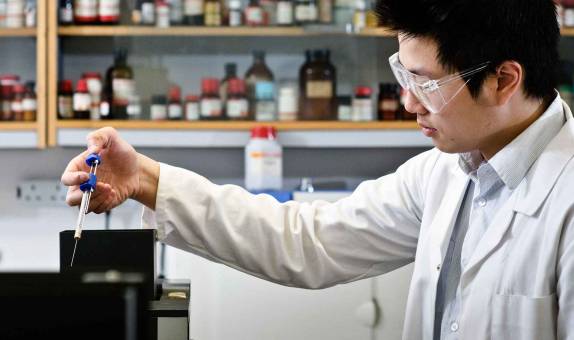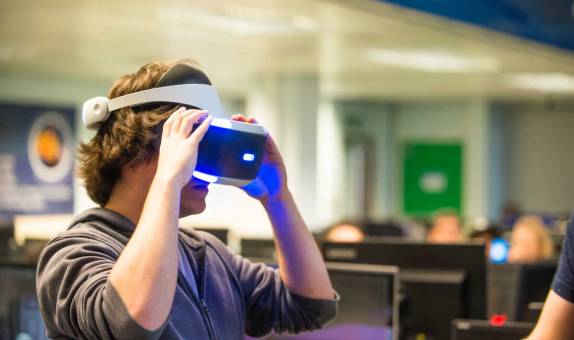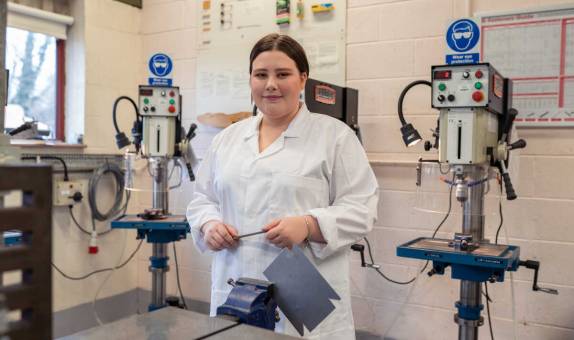Faculty-funded PhD studentships
The Faculty is offering up to four PhD studentships for January 2024 entry. Projects from which studentship applicants must select are listed in the links below; no other projects will be considered. (see Project Proposals).
Applicants are strongly encouraged to contact the project's first supervisor to discuss their interest before making an application.
Closing date for applications: 13:00 on 30 November 2023
How to apply
You must include the following in your application:
- Online application form, available here (please ensure you select the correct faculty)
- Statement of the title of the project(s) for which you are applying and the first supervisor's name (upload this as a separate Word document) – if this is not included, your application will not be considered for a studentship. A project proposal and timeline is not required with the application, but those shortlisted for interview will be required to send a full proposal and timeline a week before the interview.
- An academic CV
- Copies of your academic certificates and transcripts (degree level onwards) – applicants must have at least an Upper Second or First Class Honours degree
- A copy of your English language qualification, if applicable (must be dated no earlier than March 2022) – see our English language requirements webpage for information about which qualifications are accepted
- References will only be required for applicants invited to interview. References should be from professional or academic contacts and cannot be from family members or friends. At least one reference should be from someone who knows you from your most recent academic qualification (but is not a member of the supervisory team for the project).
If you are applying for more than one project, you must submit only one application form, but include the titles of all the projects for which you are applying. If more than one application form is received, only one of them will be considered.
Please ensure that all required documents are submitted together with your application form as we are unable to consider incomplete applications or documents sent separately.
If you have not heard from us by four weeks after the closing date, your application has been unsuccessful
Interviews will take place online, on 9, 10 and 11 January 2024
Funding available
- Home tuition fee plus £20,622 stipend x 3 years
International applicants will be required to pay the difference between the Home and International tuition fee each year (£12,000 approx for 2023-24)
All research students in the Faculty are charged a bench fee each year, which is not covered by the studentship. The amount depends on the resources required for the project; the minimum is £500 full-time.
Project proposals for Faculty-funded PhD studentships
Please see the project proposals for PhD study, listed under the Faculty's Schools.
- School of Computer Science and Mathematics
- School of Engineering
- School of Built Environment and Geography
